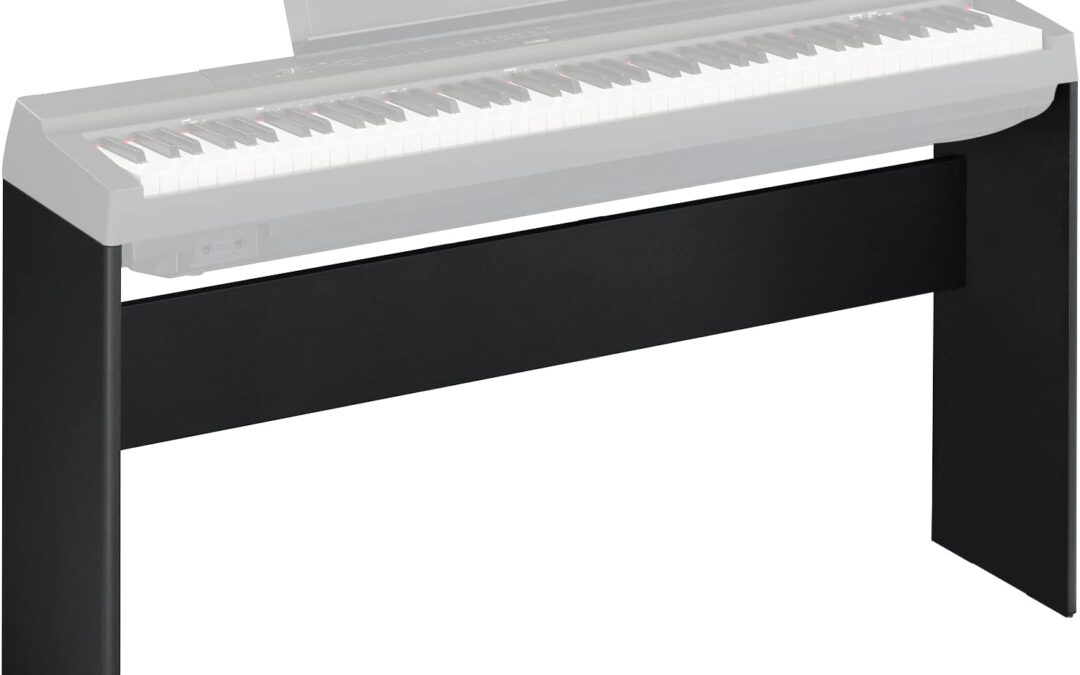YAMAHA P45 OVERVIEW
The Yamaha Piano P45 keyboard is an upgraded version of the Yamaha P35, offering all the features of its predecessor with additional enhancements to meet the evolving demands of the music industry. This sleek and simplistic keyboard is designed to provide exceptional sonic performance and aesthetic appeal, making it accessible to amateur users without compromising on quality.
As a full-sized piano, the Yamaha Piano P45 incorporates cutting-edge technology to deliver an experience that closely resembles playing an acoustic piano. This makes it an ideal choice for aspiring musicians who aspire to master the art of playing on a real acoustic piano. The P45 goes beyond simply teaching you how to play; it provides a comprehensive package that nurtures your skills and prepares you to excel as a music producer.
With numerous beginner keyboards available, you may wonder why the Yamaha Piano P45 stands out. Here are a few compelling reasons why overlooking the Yamaha Piano P45 would be a mistake. Although we have briefly mentioned this piano in our best digital piano article, there is much more to discuss, and we will cover it all in this article.
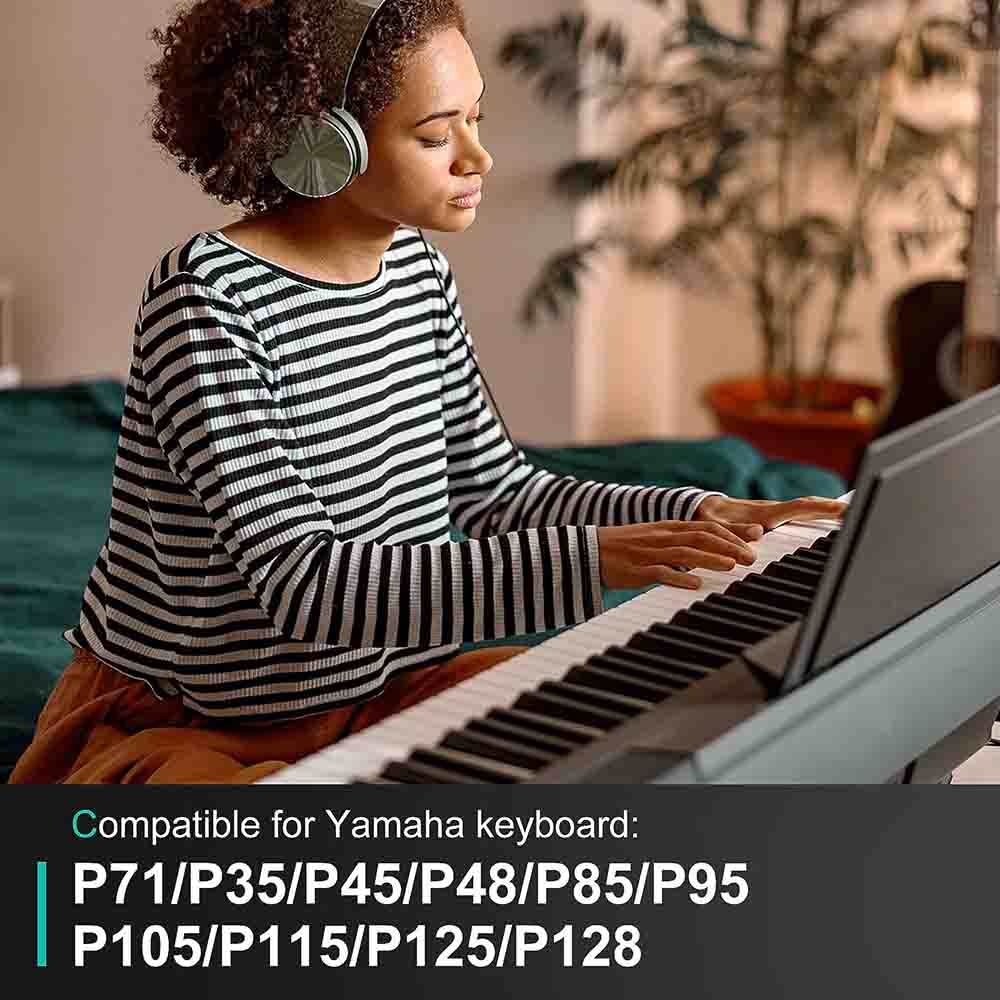
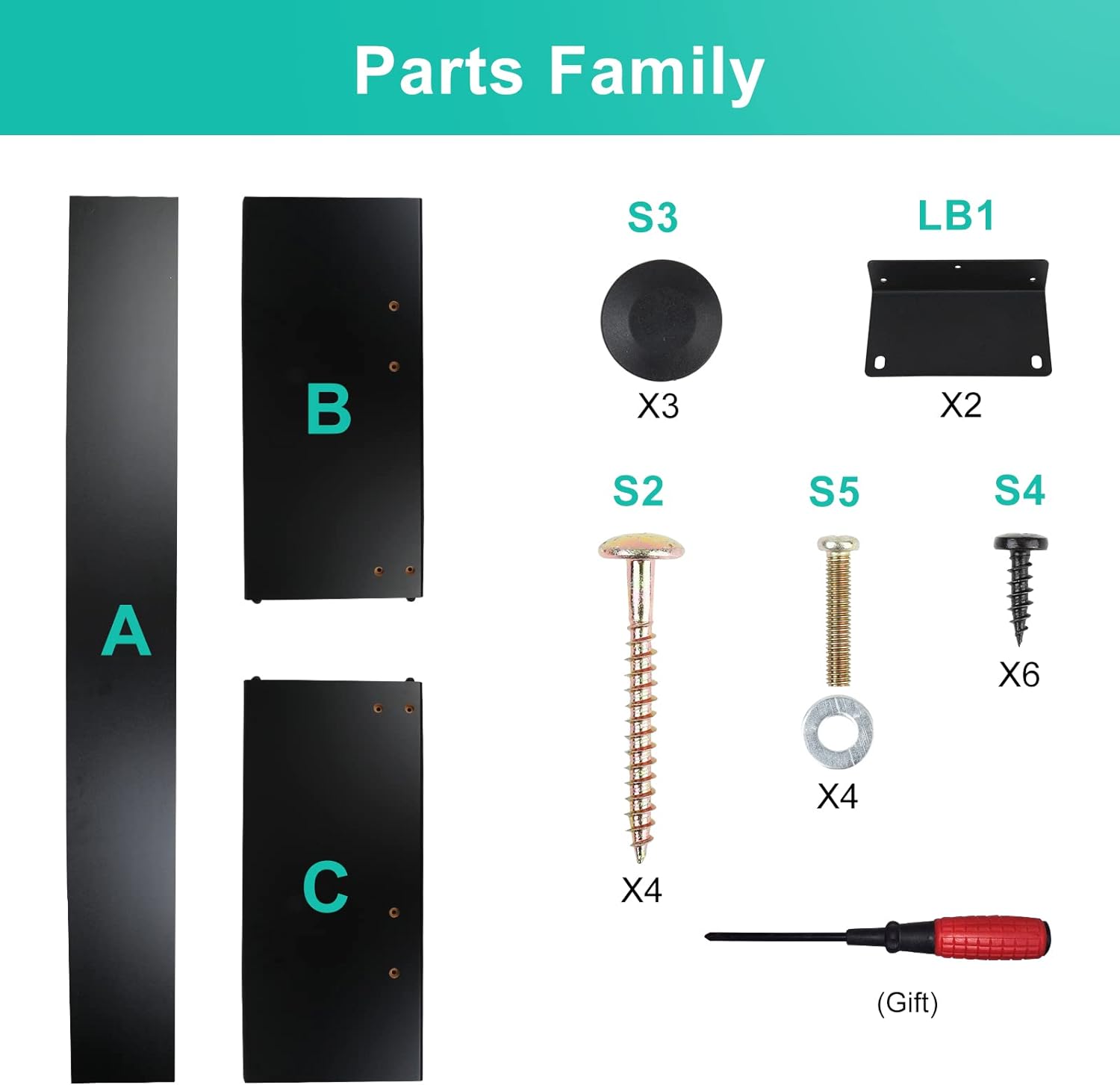
Yamaha Piano P45 First Impressions
The Yamaha Piano P45 makes a remarkable first impression, both in terms of its exterior design and the features it encompasses. Its compact size and lightweight construction make it highly portable, ideal for musicians on the go. The keyboard’s solid finishing exudes a sense of sturdiness and durability, ensuring that it can withstand the rigors of regular use. The sleek and attractive design further adds to its overall appeal. For an added touch of elegance, the optional L-85 stand is available, providing a seamless integration with your home decor.
One of the standout qualities of the Yamaha Piano P45 is its ability to replicate the feel of an acoustic piano while offering the advantages of a digital instrument. The weighted actions of the lower keys are noticeably heavier compared to the upper keys, creating a realistic acoustic piano-like touch. Yamaha has opted for a simple and elegant design, avoiding excessive creativity and focusing on delivering an authentic piano experience.
Weighted Keys
The weight and responsiveness of the keys play a crucial role in determining your ability to master different techniques and transition from a beginner’s keyboard to an acoustic piano. Piano teachers often recommend choosing a beginner keyboard that offers a realistic key experience, making it easier to adapt to acoustic instruments. Yamaha has taken several measures to ensure that the Yamaha Piano P45 provides such an experience.
One of these measures is the incorporation of the Graded Hammer Standard (GHS) technology. This technology emulates the weight of keys found on acoustic pianos, where the lower keys feel heavier and gradually become lighter towards the higher keys. This realistic key weighting helps you develop the necessary finger strength and technique required for playing acoustic pianos.
Furthermore, the Yamaha Piano P45 features four sensitivity levels: Fixed, Hard, Medium, and Soft. These sensitivity options allow for customization, making it suitable for users of different age groups and hand strengths. Younger players can benefit from adjusting the sensitivity to accommodate their needs, while adults with weaker hands can utilize the Medium and Soft sensitivity levels to play the keyboard comfortably.
Brilliant Sound Quality
The Yamaha Piano P45 is an affordable keyboard that doesn’t compromise on sound quality. Despite its affordability, it offers impressive features to enhance your musical experience. One notable improvement from the previous Yamaha Piano P45 model is the inclusion of a 64-note polyphony. While it may not seem like a large number, it is quite reasonable within the price range of the Yamaha P45 and surpasses the polyphony of many other keyboards in the same price category. With the 64-note polyphony, you can effectively play complex chords while utilizing the sustain pedal without any notes dropping off unexpectedly.
Another remarkable feature of the Yamaha Piano P45 is the Advanced Wave Memory (AWM) stereo sampling. This technology contributes to the production of realistic and high-quality sound in stereo format, elevating the overall audio output of your music performances or productions. With the AWM stereo sampling, you can expect a more authentic and immersive sound experience from the Yamaha Piano P45 keyboard.
One of the notable features of the Yamaha Piano P45 keyboard is its two reverb options: Hall 1 and Hall 2. These reverb options serve the purpose of enhancing the acoustic characteristics of the sound produced by the keyboard. Reverb simulates the reflective qualities of sound in a room, giving the impression that the sound is bouncing off the walls. It goes beyond just adding reflections; it adds depth and richness to the sound, creating a more natural and immersive listening experience.
The Hall 1 and Hall 2 reverb options on the Yamaha Piano P45 provide different types of reverberation, allowing you to choose the one that suits your musical style or preference. Furthermore, these reverb options are adjustable, giving you the flexibility to fine-tune the amount and intensity of the reverb effect to achieve the desired sound quality. Whether you prefer a subtle and spacious reverb or a more pronounced and immersive reverberation, the Yamaha P45 offers you the control to customize the sound to your liking.
Dual Mode
Another notable feature to have in a digital piano is the dual mode. This function enables you to play two different voices or instruments simultaneously by combining them into a single piano. It provides the opportunity to create layered and harmonious sounds, enhancing your playing experience.
Connectivity
One of the drawbacks of the previous Yamaha P35 model was its limited connectivity options, which made it outdated. However, the Yamaha P45 has addressed this issue by introducing an inbuilt USB port. This USB connectivity allows you to connect the keyboard to an iPad or computer, opening up possibilities for customization and enhancing the keyboard’s functionality. Additionally, the USB port enables you to connect the piano to external devices for recording and saving your music, as the P45 does not have a built-in recording feature.
While the P45 does not have a MIDI port, Yamaha recommends using a MIDI USB device to overcome this limitation. The presence of multiple USB ports ensures that you have ample options for connecting additional instruments, PCs, or other devices to the piano. The keyboard’s user-friendly design features single-button operation that is simple to manage, while the touch sensitivity ensures effortless playability.
In summary, the Yamaha P45 addresses the connectivity shortcomings of its predecessor by including an inbuilt USB port, providing flexibility for customization, recording, and expanding your musical options.
YAMAHA P45 SPECS
- Two 6W speakers for clear and balanced sound output.
- Transpose and fine-tuning functions, allowing you to adjust the pitch and tuning of the keyboard.
- Built-in metronome for precise timing and rhythm during practice.
- Duo and dual mode options, enabling you to play with two voices or instruments simultaneously.
- 64-note polyphony, providing sufficient capacity to play complex and layered compositions.
- AWM stereo sampling sound technology for authentic and rich piano tones.
- Four touch sensitivity options, allowing you to customize the key response to your playing style.
- 88 fully-weighted keys, offering a realistic and expressive piano playing experience.
- Ten instrument sounds, providing a variety of options to explore different musical styles.
- Ten demo songs and ten preset keyboard songs to assist with learning and inspiration.
- USB, headphone, and sustain jack connectivity for versatile integration with other devices and accessories.
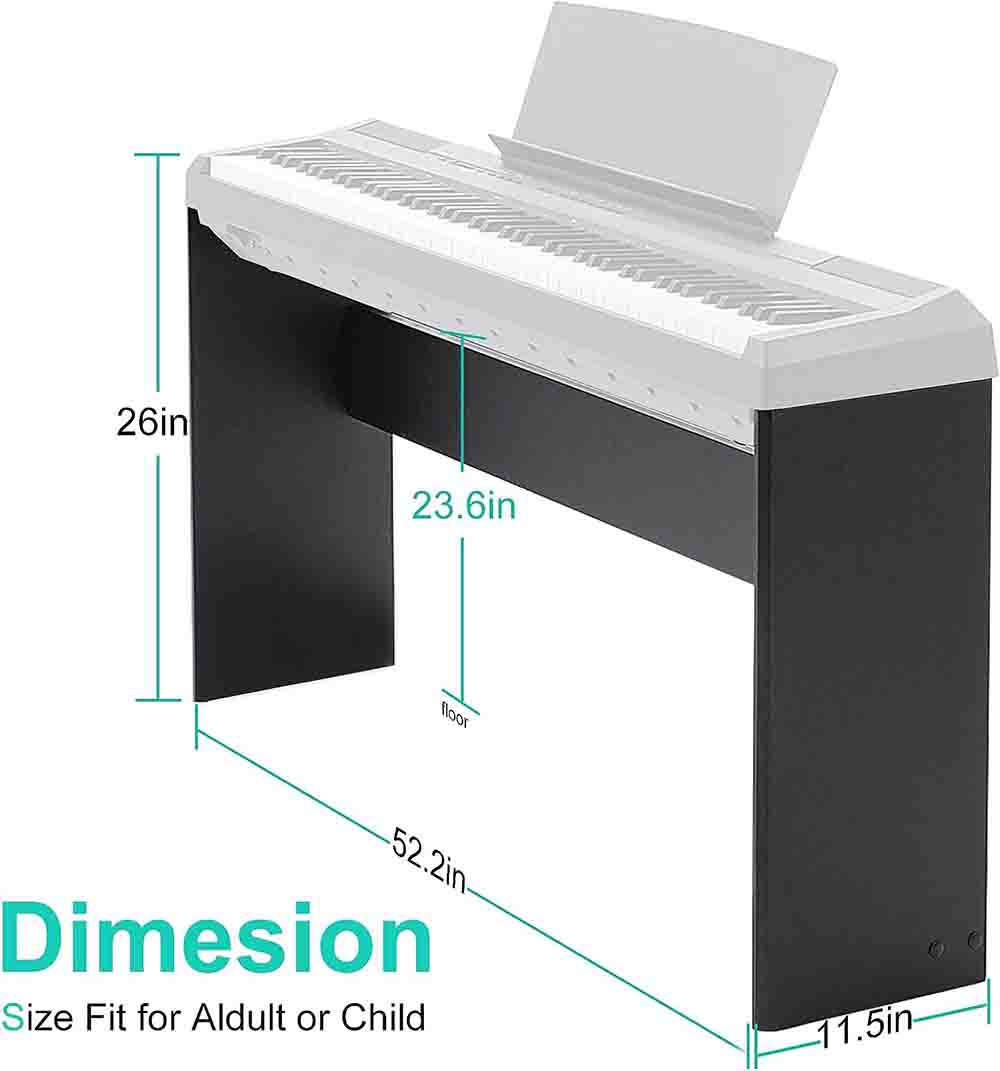
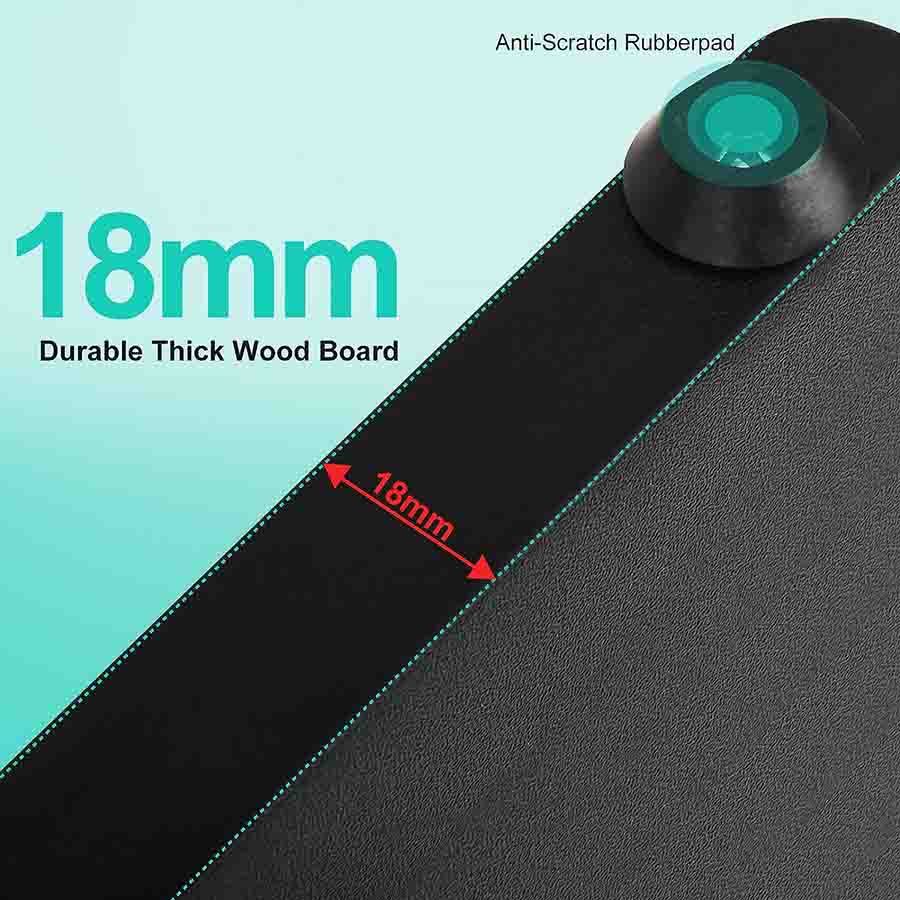
Pros
- Sturdy construction, ensuring durability and longevity.
- Excellent key traction, providing a comfortable and responsive playing experience.
- The Yamaha P45 features a lightweight and portable design, allowing for easy transportation and setup.
- User-friendly controls, allowing for effortless operation and adjustments.
- Includes ten authentic voices, offering a wide range of instrument sounds to choose from.
- Advanced Wave Memory (AWM) sampling technology, delivering high-quality and realistic sound reproduction.
Cons
- Unfortunately, the Korg SP-170S lacks the feature of track recording, which means you cannot record and save multiple layers of music.
- does not have an auxiliary output.
CONCLUSION
The Yamaha P45 is a remarkable beginner’s piano that incorporates and enhances the best features of its predecessors. With its 88-key Graded Hammer Standard (GHS) keyboard, this instrument provides an exceptional playing experience that closely resembles a traditional acoustic piano. It is an ideal choice for aspiring and developing musicians who seek a keyboard that offers the authentic feel and experience of playing on an acoustic piano.

